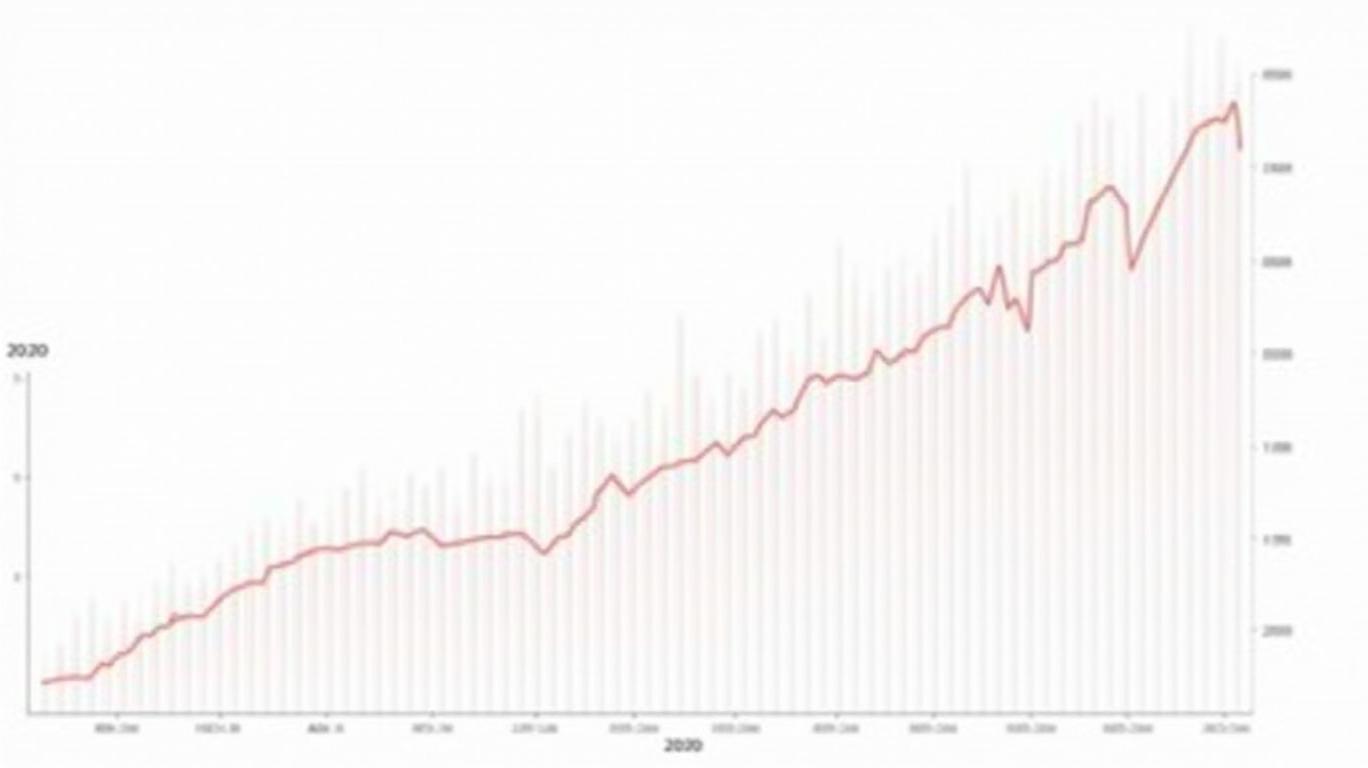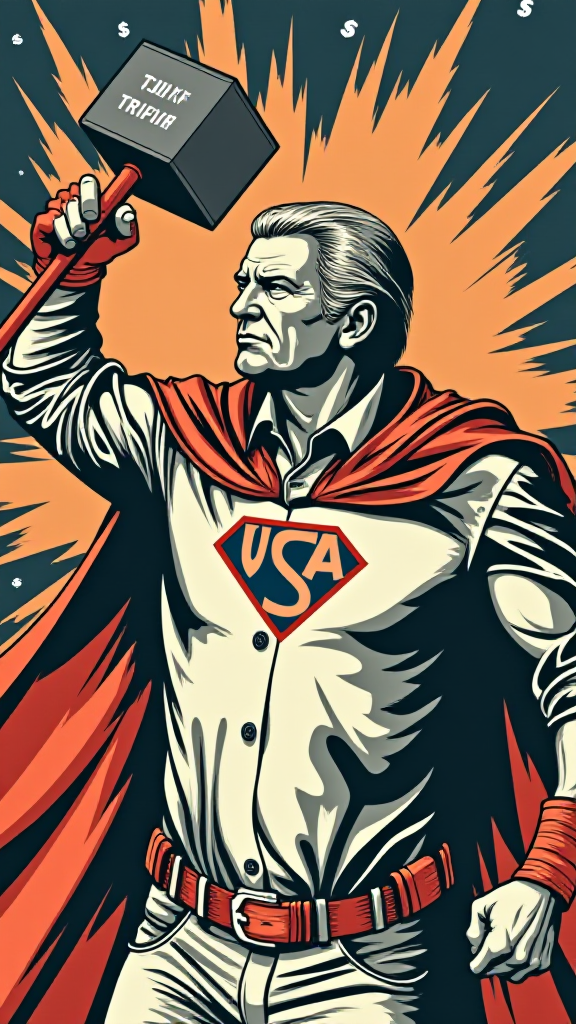Trump’s Tariff Talks: Navigating the High-Stakes Trade Standoff
The U.S.-China trade war has entered a new phase, with President Trump signaling openness to reducing the 145% tariffs imposed on Chinese goods—but only “at some point” and under specific conditions. This nuanced stance has sent ripples through global markets, sparking debates about the timing, likelihood, and investment implications of a potential truce.
The Tariff Standoff: A Numbers Game
The current tariff framework is stark: the U.S. imposes a 145% duty on Chinese imports, while China retaliates with 125% tariffs on U.S. goods. These rates, finalized in April 2025 under Trump’s Reciprocal Tariff Policy, mark a dramatic escalation from the 2018–2020 trade war. The tariffs target everything from steel to semiconductors, with exemptions only for critical materials like energy resources and pharmaceuticals.
The stakes are high. China’s factory activity contracted sharply in April 2025, with its manufacturing Purchasing Managers’ Index (PMI) hitting a 16-month low, while new export orders plummeted to levels last seen during the 2022 pandemic crisis. Meanwhile, U.S. companies like Whirlpool (WHR) and Excel Dryer have reported surging demand as tariffs closed pricing gaps with Asian competitors.

Why Lower Tariffs Now? The Political Calculus
Trump’s conditional offer to reduce tariffs hinges on China’s willingness to address non-reciprocal trade practices, including high tariffs on U.S. goods, currency manipulation, and IP theft. The administration claims tariffs have already spurred a $728 billion boost to the U.S. economy and 2.8 million jobs. Yet critics, including former Treasury Secretary Janet Yellen, argue the tariffs risk prolonged inflationary pressures and supply chain bottlenecks.
The wildcard is Bill Ackerman’s 180-day tariff pause proposal, which could create space for negotiations. However, Beijing has demanded the U.S. unilaterally cancel its tariffs first as a precondition for talks—a non-starter for Trump’s “America First” strategy.
Winners and Losers in the Tariff Crossfire
The tariff standoff has created clear winners and losers:
1. U.S. Manufacturers: Companies like Jergens Inc. (tools) and Whirlpool (appliances) are operating at full capacity as tariffs shield them from cheaper imports.
2. Global Supply Chains: The U.S. has extended its 10% baseline tariff to over 150 nations, while threatening 100% duties on foreign-made movies—a move targeting streaming platforms like Netflix.
3. Chinese Exports: Beijing’s 125% tariffs have hit U.S. agriculture hard, with soybean and beef exports to China dropping sharply.
Risks Ahead: A Diplomatic Deadlock
Despite Trump’s rhetoric, no direct talks with China are planned, and backchannel discussions remain fragile. The U.S. has also faced backlash from allies like Canada and the EU, which are imposing retaliatory tariffs of their own. Meanwhile, China’s strategic exemptions for certain U.S. goods—discreetly easing tensions—suggest both sides are testing flexibility without public concessions.
Investment Implications: Proceed with Caution
Investors face a paradox: tariffs have fueled U.S. manufacturing resilience but risk global economic slowdowns. Key sectors to watch include:
- U.S. Industrials: Firms benefiting from reshored production (e.g., Caterpillar (CAT), Deere (DE)).
- China’s Tech Sector: Exposed to U.S. sanctions and export controls on semiconductors and rare earths.
- Global Trade Stocks: Ports and logistics companies (e.g., AP Moller-Maersk) could suffer if trade volumes shrink further.
Conclusion: A Truce or a New Escalation?
The path forward hinges on whether Trump’s conditional tariff reduction offer can bridge the U.S.-China divide. Historically, trade deals under his administration have been abrupt and unpredictable. If tariffs are reduced, sectors like U.S. agriculture and Chinese tech could rebound sharply. However, if the standoff persists, the global economy risks prolonged stagnation.
The data underscores the stakes: China’s manufacturing PMI collapse and U.S. corporate success stories highlight the trade war’s dual-edged impact. Investors should prioritize diversification—balancing exposure to U.S. reshoring beneficiaries with hedging against global trade volatility. As Trump himself might say: “The tariffs are just a negotiating tool—but the clock’s ticking.”
In this high-stakes game, patience and agility will be the hallmarks of successful investors.


_442a2dcc1749832873286.jpeg)
_e68fac6d1749831664430.jpeg)






